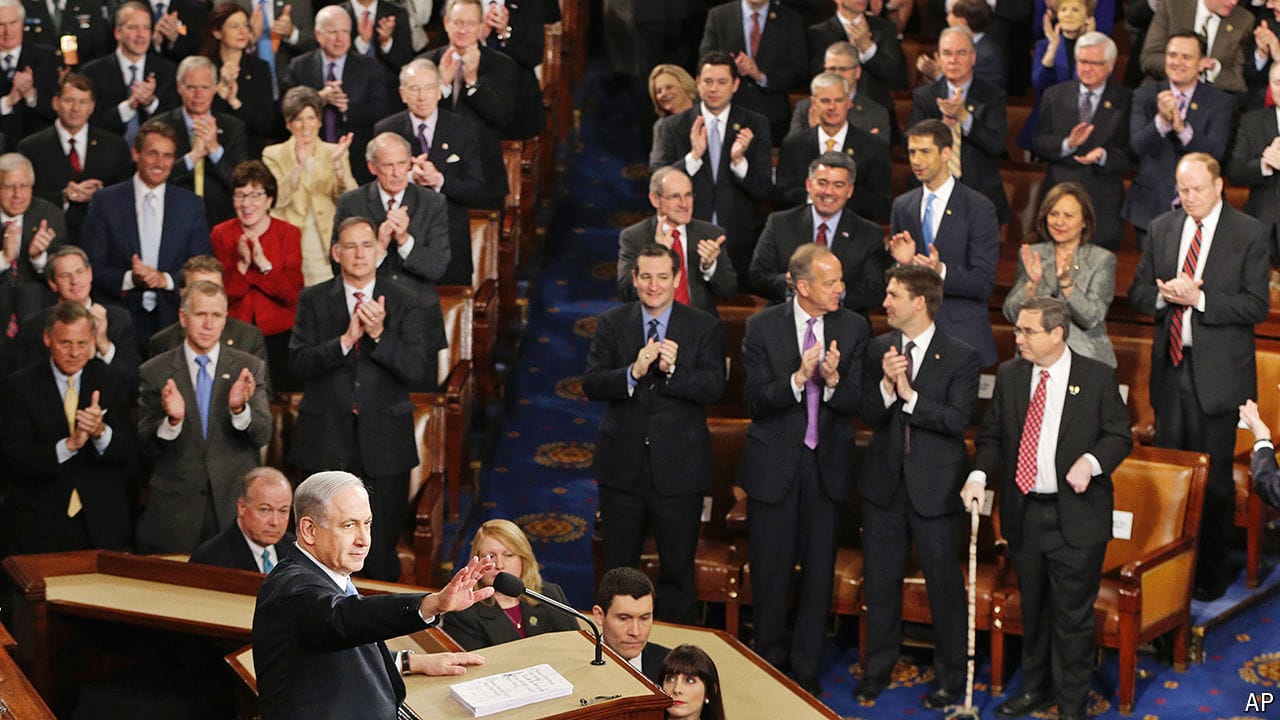Economists are rethinking the numbers on inequality
An academic disagreement has big real-world implications

OVER A DECADE before thousands of protesters gathered in Zuccotti Park in New York in 2011, a little-known researcher in France sat down to write about income inequality in a new way. “The focus of our study consists in comparing the evolution of the incomes of the top 10%, the top 1%, the top 0.5%, and so on,” Thomas Piketty wrote in a paper in 1998. With his long-term co-author, Emmanuel Saez, Mr Piketty pioneered the use of tax data over survey data, thereby doing a better job of capturing the incomes of the richest. He revealed that “the 1%” had made out like bandits at the expense of “the 99%”. His research gave Occupy Wall Street its vocabulary.
This article appeared in the Briefing section of the print edition under the headline “Measuring the 1%”
More from Briefing

A shift in the media business is changing what it is to be a sports fan
Team loyalty is being replaced by “fluid fandom”

Will Binyamin Netanyahu’s visit to America repair or weaken ties?
He may damage relations with Israel’s indispensable protector

Optimistic plans for post-war Gaza have little basis in reality
Aid, policing, reconstruction—everything is even harder than it sounds
Small investments in nutrition could make the world brainier
Many pregnant women and babies are malnourished—and not just in poor countries
Introducing “Boom!”
A six-part series about the generation that blew up American politics
One generation has dominated American politics for over 30 years
How have they become so entrenched?
